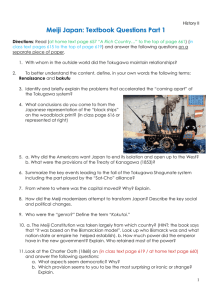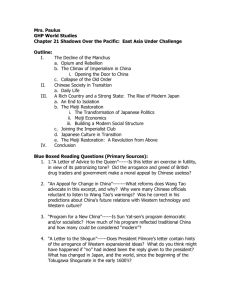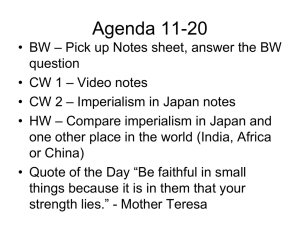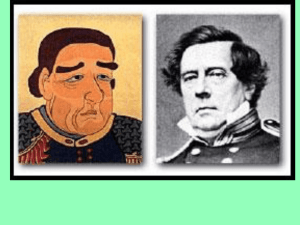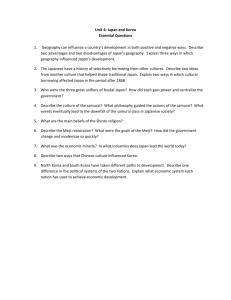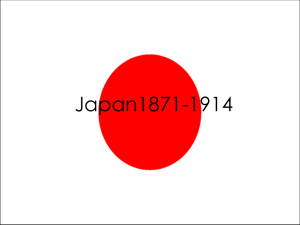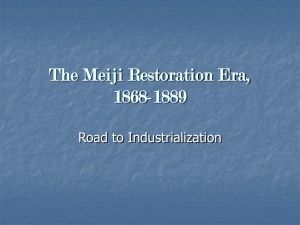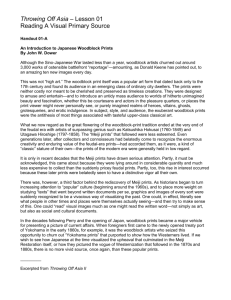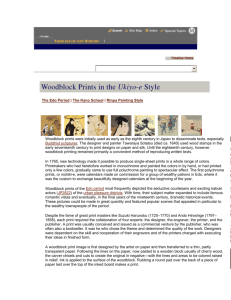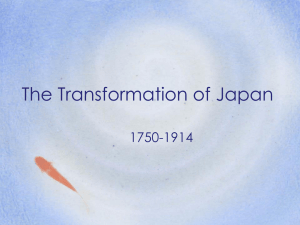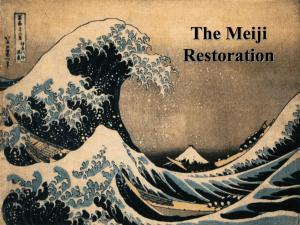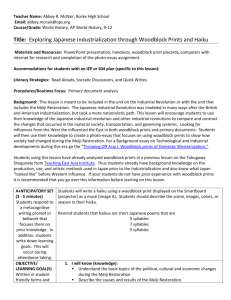Meiji Woodblock Prints: Haiku Activity (1868-1912)
advertisement
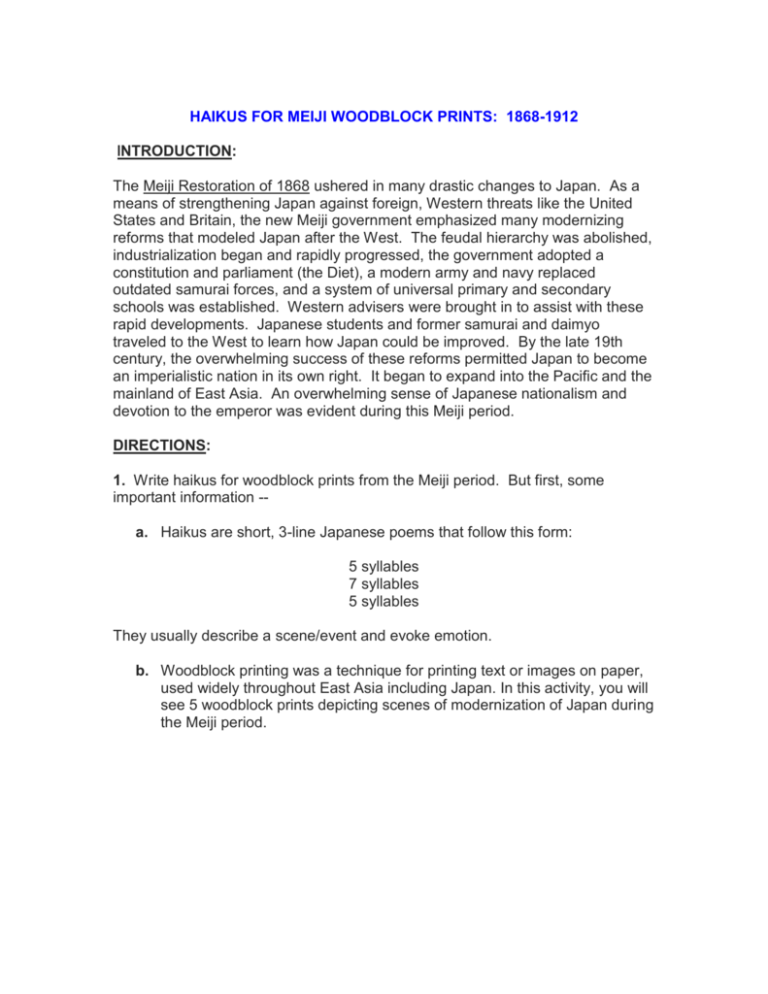
HAIKUS FOR MEIJI WOODBLOCK PRINTS: 1868-1912 INTRODUCTION: The Meiji Restoration of 1868 ushered in many drastic changes to Japan. As a means of strengthening Japan against foreign, Western threats like the United States and Britain, the new Meiji government emphasized many modernizing reforms that modeled Japan after the West. The feudal hierarchy was abolished, industrialization began and rapidly progressed, the government adopted a constitution and parliament (the Diet), a modern army and navy replaced outdated samurai forces, and a system of universal primary and secondary schools was established. Western advisers were brought in to assist with these rapid developments. Japanese students and former samurai and daimyo traveled to the West to learn how Japan could be improved. By the late 19th century, the overwhelming success of these reforms permitted Japan to become an imperialistic nation in its own right. It began to expand into the Pacific and the mainland of East Asia. An overwhelming sense of Japanese nationalism and devotion to the emperor was evident during this Meiji period. DIRECTIONS: 1. Write haikus for woodblock prints from the Meiji period. But first, some important information -a. Haikus are short, 3-line Japanese poems that follow this form: 5 syllables 7 syllables 5 syllables They usually describe a scene/event and evoke emotion. b. Woodblock printing was a technique for printing text or images on paper, used widely throughout East Asia including Japan. In this activity, you will see 5 woodblock prints depicting scenes of modernization of Japan during the Meiji period. Image #1 Image #2 Image #3 Image #4 Image #5
